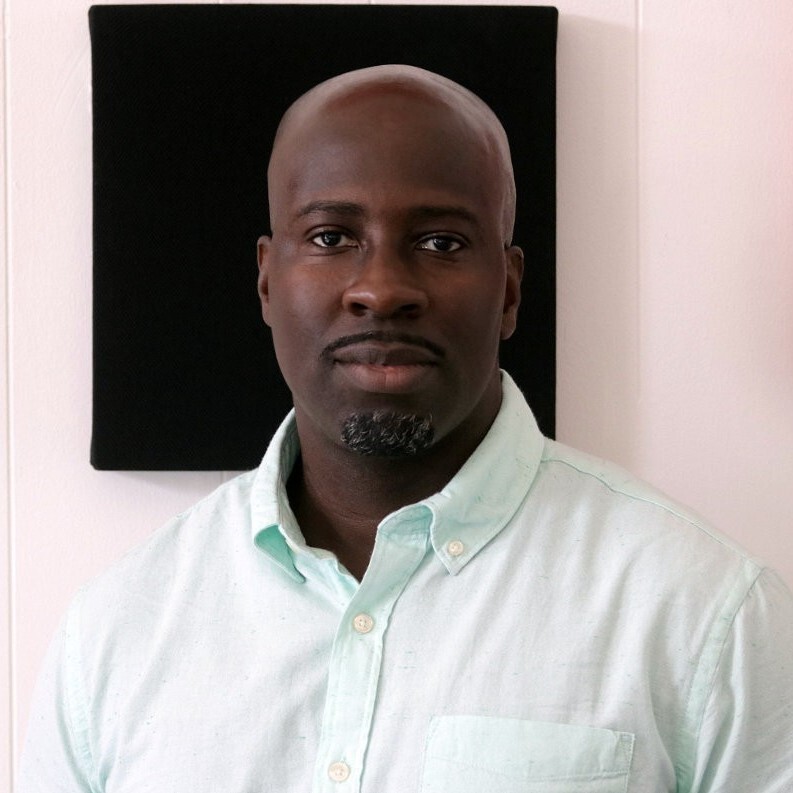When his employer let 20 people go in 2018 after losing a government contract, Wayne Stewart wasn’t too worried about his own stability. He was already working with a freelance client doing frontend development. He had money coming in.
What did worry him was, at 40 with a wife and kids, he’d been laid off for the second time in a row.
“I’m getting tired of having my destiny in someone else’s hands,” said Stewart. “I wanted to control my own destiny. So, how do I take this side business and turn it into an actual business?”
He took his experience doing freelance web design work on the side and founded the Stewart Design Agency, a full-service digital agency designing and building custom internet-based applications, where he is now CEO.
Going from freelance to running a business isn’t a one-to-one transition.
When Stewart was freelancing on the side as a UI designer, he would bump into people who needed a little extra front-end development done. Finding opportunities here and there was easy. More importantly, freelancing wasn’t his livelihood. The main difference between running a business and freelancing is generating enough money on a consistent basis not just to cover your salary, but the other people you have to pay.
“You have to figure out, how do I get these contracts large enough to where I can hire people to do the work?” Stewart said. “That’s the big mind-shift. A lot of people think freelancing and a business are one and the same. They do have some carry over here and there, but the mentality is very different because you have to take yourself out the work.”
In the first year of his business, Stewart’s family went $20,000 in debt, he said. It took resilience to stay afloat. He took a separate job as a senior front-end developer to pay the bills while working on his own design agency — that tried and true method of working the side hustle until it becomes the main hustle. By this point, though, the LLC had already been established, and Wayne was further along in the main hustle.
It's not easy. It's 10 times harder than having a job.
A key to professional resilience is knowing when to pull back and when to go all in. In a year’s time, Stewart started to get enough contracts from both the private and government sector that would allow him to go back to focusing full time on his own company.
“I knew the first year or two I was going to be broke,” he said.
For those starting out and only thinking of the glitz, glamour and success stories of entrepreneurship, the best advice Stewart can give is to bring them down to earth with the realities of running said business.
“It’s not easy. It’s 10 times harder than having a job,” Stewart said. “You have to have a regimented routine. The same way you went to your 9 to 5 is the same way you have to approach your company.”
Stewart is now 44, and his design agency has been around for over three years and counts four employees. And a big part of solidifying the income necessary for Stewart to hire and transition to running his company full time was gaining his Minority Business Enterprise certification at the two-year mark.
The MBE certification allows small minority businesses to get their foot in the door with state and local level government contracts and funding options. Getting the certification in one state allows you to get it in another, which also opens the door to expanding a business nationwide. The HUBZone Program is the federal government contract equivalent to MBE.
In Maryland, you apply for an MBE through the Maryland Department of Transportation. To qualify for MBE certification, a minority-owned business must have been in operation for two years, have all business taxes and records in order (as MDOT needs to see revenue), plus profit margins to make it through the six-month process of certification.
The years of struggle have paid off for Stewart. He’s controlling his own destiny.
“I wanted a company that had faces that looked like mine,” he said. “I wanted not just a Black business, I wanted a business that just happened to be Black. I wanted to have a quality business anyone could partake in — white people, Black people, whoever, but it just happened to have a Black owner and CEO and Black employees.”







